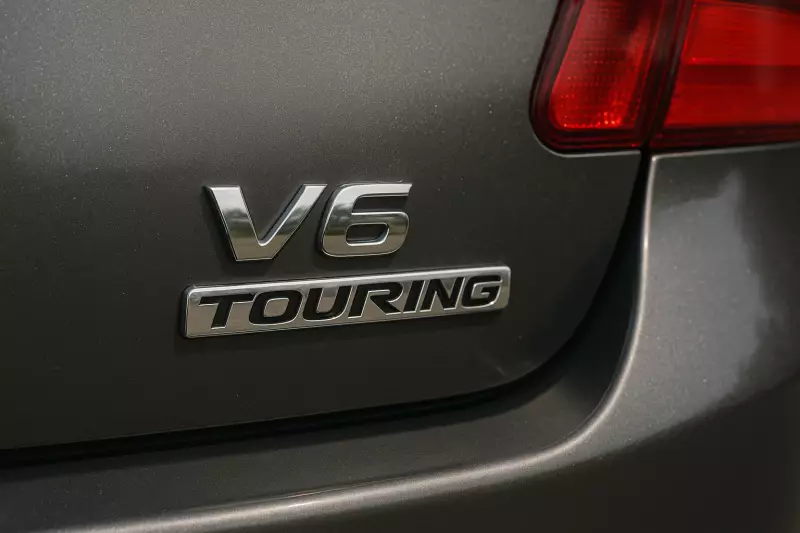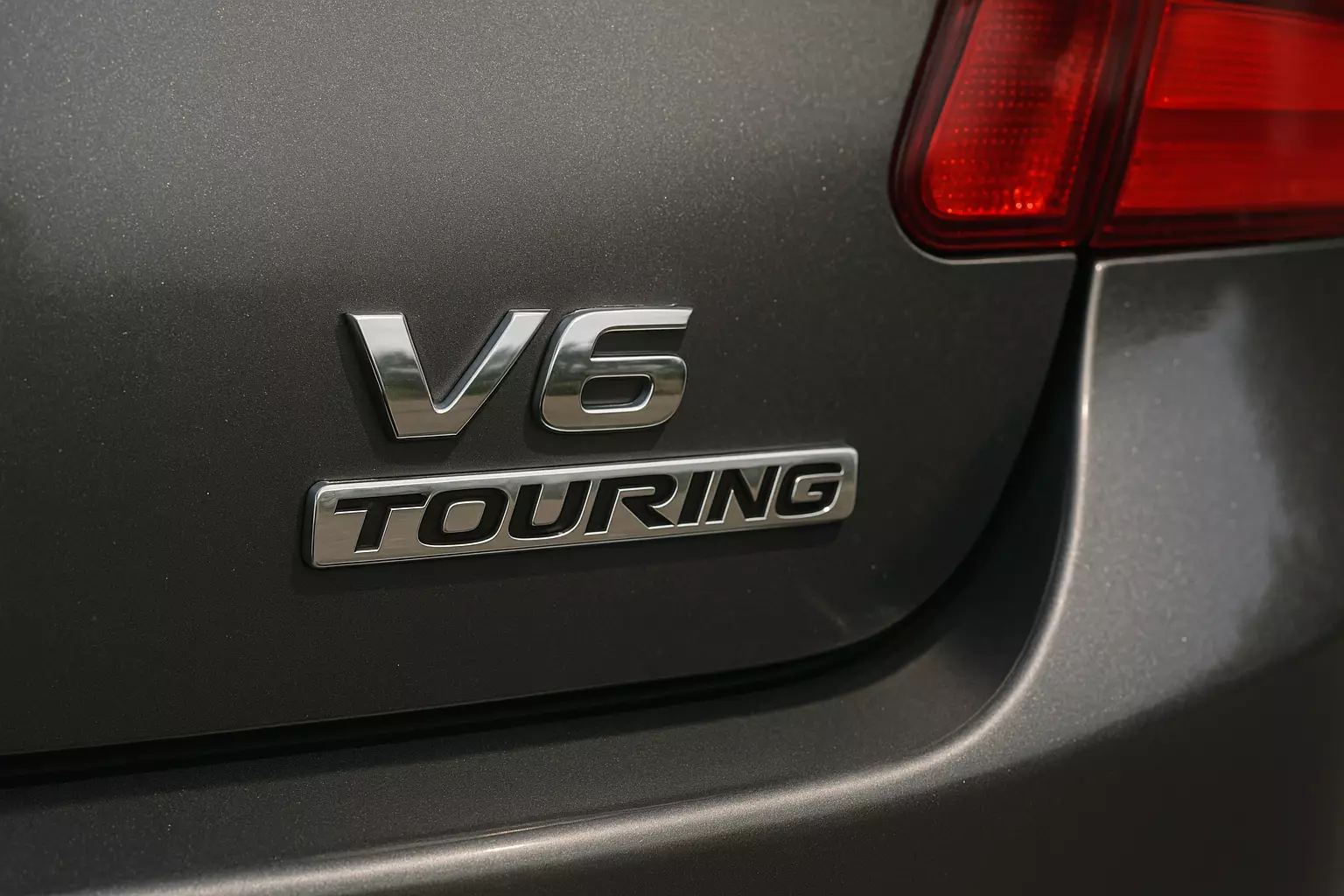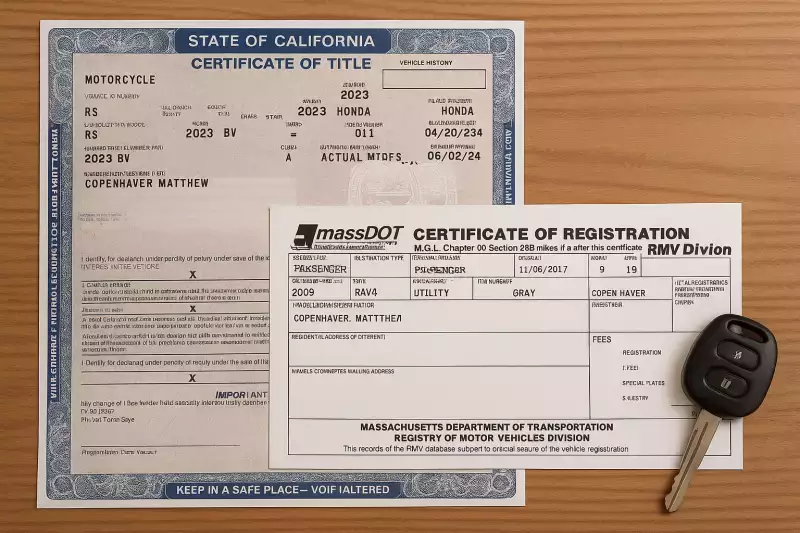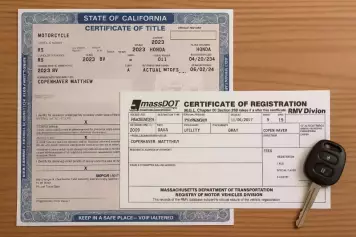When looking to buy a car, you may have noticed that some models come in different versions, each with a particular set of features, technologies, equipment, styling details, accessories, and price points. These versions are known as trims (or trim levels). Auto manufacturers typically offer trim levels for their vehicle models to provide buyers with choices in terms of performance, comfort, technology, and price, and understanding them is key to finding a car that matches both your needs and your budget.

What Is a Car Trim Level?
A car trim level refers to a specific version of a car model that comes with a preset combination of features and options. Automakers use trim levels to distinguish between base models, which typically include only essential features, and higher-end models that offer added technology, safety, comfort, performance, and other styling enhancements. These trim levels typically allow the automaker to bundle features and simplify manufacturing. They also give buyers flexibility by packaging various options into clear configurations and making it easier for them to compare different versions of the same car and what each one includes, helping them make informed decisions.
Base vs. Higher Trim Levels
A base trim level is usually the entry-level/standard model of the car. Base car trims are generally considered the lowest trim level; as such, they typically include only the standard features for the vehicle model, such as cloth seats, a simple audio system, and manual controls. However, base trim level cars also generally cost less than other variants of the same car model, making them ideal for buyers who wish to get their dream car at a relatively affordable price.
On the other hand, higher trim levels generally offer a range of additional features, options, and premium upgrades, such as leather upholstery, heated seats, advanced infotainment, dual-zone climate control, premium audio systems, adaptive cruise control, and blind-spot monitoring. Higher trim levels generally give buyers the option of choosing how much luxury or performance they are willing to pay for. Note that, in most cases, the higher the trim level (and scope of available extra/premium features), the more expensive the car.
Higher trim levels are sometimes grouped into mid-range and high-end trim categories. The highest trim level available for a particular car model is usually referred to as a “fully-loaded” trim and will typically include all features and options available in the lower trims, plus additional ones unique to that specific model.
Common Trim Naming Conventions
Auto manufacturers typically use specific designations to differentiate models and identify trim levels. Actual naming conventions generally vary by manufacturer and brand; however, most automakers typically use one of the following formats:
- Letter-based Designations: Here, the automaker labels the trim level using a pair of letters, such as LX, SE, GT, SS, EX, GL, XLE, or EE. These letters typically identify the type of features and options available in the model. For example, LX is usually used to designate models with luxury features/options, while DL and DX are used for deluxe options, EX for extra features, and SE for special editions.
- Alphanumeric Code Designations: Here, the automaker uses a combination of letters and numbers, such as XR5, GT3, and Z28, to identify the trim level.
- Word Designations: Here, the automaker opts to use a word/name to identify the trim level. Common examples of word-based designations for trim levels include Touring (comfort-focused), Sport (performance upgrades), Limited (exclusive features), and Platinum (top-tier luxury/fully loaded).
Understanding these name conventions helps buyers decode the types of features and options available at each trim level. Note that it is always a good idea to still read the manufacturer-provided feature list for each model, as certain trim designations may be brand-specific.
What’s Included in Different Trim Levels?
As mentioned earlier, trim levels help differentiate the available features, performance options, and luxury upgrades within the same model lineup of a particular vehicle. These trim levels generally influence nearly every aspect of the car, from what’s inside to how it performs.
When comparing trim levels within the same car model lineup, the differences usually fall into a few key categories, primarily:
- Interior Features
- Safety and Driver Assistance
- Styling Enhancements
- Technology and Performance Upgrades
Interior and Comfort Features
Base car trims (entry-level cars) typically come with standard interior features like basic cloth seats, manual air conditioning, small infotainment screens, and simple audio systems. However, as you move up trim levels, you will usually notice certain upgrades in comfort and interior features. These may include leather or synthetic leather upholstery, power-adjustable and heated/ventilated seats, larger touchscreens, navigation, dual or tri-zone climate control, premium surround sound systems, and smartphone integration. These added features are designed to enhance daily driving comfort and contribute to a more upscale experience in general.
Safety and Driver Assistance
Lower-level trims typically include basic safety systems like airbags, anti-lock brakes, and backup cameras, while more advanced features, like adaptive cruise control, blind spot monitoring, forward collision warning, automatic emergency braking, lane-keeping assist, and parking sensors, are often reserved for mid-range to high-end trims.
Performance Upgrades
In many cases, a car’s trim level can also influence its overall performance. While a base trim will generally include a modest engine suitable for everyday use, higher trims often upgrade the car’s engine, transmission, or suspension for better performance or fuel efficiency. These performance upgrades are generally intended to cater to drivers who want a more dynamic, engaging ride or need extra capability in rough weather or off-road conditions, and may include:
- Sport-tuned suspension for better handling
- All-wheel drive or four-wheel drive systems
- Upgraded transmission or paddle shifters
- More powerful engine options (turbocharged, V6, or V8)
Exterior Styling and Wheels
In addition to interior features and vehicle performance, trim levels typically change the outside of the car, too. Higher trim levels often include larger alloy wheels, chrome or blacked-out trim accents, LED lighting, sunroofs, unique grille designs, roof rails, and other distinctive design elements that give the car a more premium or sporty appearance and may even improve its functionality.
How Trim Levels Affect Price and Value
Understanding the relationship between a car’s cost and features helps you make a smart financial decision. Trim levels have a direct influence over a car’s pricing structure – as you move up trim levels, you typically pay more for added comfort, technology, and performance.
However, it is important to compare the features offered by each trim level against your personal needs/reasons for the purchase to determine if it is worth shelling out extra dollars for a higher trim level. Sometimes, a mid-level trim may hit the sweet spot by offering the right combination of popular features at a reasonable price, while a higher trim may result in diminishing returns, especially if you don’t need all the extra features/options on offer.

Price Gaps Between Trims
There is usually a difference of a few to tens of thousands of dollars between the entry-level price of a car and that of its fully loaded version. For instance, a car might advertise a base price of $25,000, with its cost steadily increasing with each trim level until it gets to a final cost of $35,000 or more for the top trim level. These price gaps generally reflect the added value of extra features/options, like leather seats, advanced safety tech, or upgraded engines; however, they can also push vehicles out of your budget if not carefully evaluated.
As such, when carrying out vehicle transactions, it is important to look beyond the starting price and consider how quickly costs rise as you climb the trim ladder, especially when budgeting or comparing models.
Cost vs. Features — Is It Worth Upgrading?
When making a vehicle purchase, it is important to prioritize what matters most to you instead of simply chasing the top trim. To this end, you should always weigh whether the features in a higher trim align well enough with your needs to justify the added cost before making a final decision. For example, if you value heated seats, a better sound system, large touchscreens, or advanced safety tech, the extra cost may be justified. However, if you are unlikely to use these perks, sticking with a lower trim can save you thousands of dollars without sacrificing core functionality. For many buyers, mid-range trim levels often strike the best balance between affordability and added functionality.
Trim Packages and Add-Ons
Some auto manufacturers may offer optional packages and add-ons to further customize a car, regardless of its trim level. Note that the car will still retain its core build (its original trim level), while the package simply refers to modular enhancements that may be added to the vehicle. For example, an appearance package may include add-ons like special paint, shiny interior accents, exterior details (like decals or two-tone paint), and other features that enhance the car’s style and appearance. Likewise, a tech package may offer the buyer the option of adding features like built-in GPS with turn-by-turn directions and upgraded infotainment, while a cold weather package may offer heated seats and/or steering wheels.
Trim packages and add-ons typically allow buyers to tailor a car to their needs without overspending on features they don’t want. However, it is important to read the fine print on any offered packages/add-ons so that you are clear on what is included and how much it will cost you.
How To Choose the Right Trim for Your Needs
There is no one-size-fits-all when it comes to choosing a trim level; each car buyer’s choice should ideally reflect their budget, driving habits, lifestyle, and personal preferences. Nonetheless, some actions to take that may help you determine the right trim level include:
- Identify what matters most to you. Some buyers prioritize comfort over other features, while others may go for affordability, tech, performance, and so on.
- Compare trim levels to see which one aligns with these priorities. For instance, if you drive daily in traffic, tech and safety features may be key. On the other hand, if you take frequent road trips, then comfort and infotainment might matter more.
- Consider test-driving different trims if possible. This may help you feel the difference between them.
- Always factor in the long-term value of the car, not just its upfront cost.
Budget-Conscious Buyers
Base or mid-range trim levels are often the most practical option for buyers on a budget. These days, base trims are typically equipped with features like air conditioning, power windows, and a decent infotainment system, without the premium price tag. Mid-level trims may add a few upgrades like touchscreen displays, driver-assist tech, and smartphone integration, making them a smart compromise if you are focused on affordability and essential features. By sticking to what you’ll use, you can avoid paying extra for features that sound nice but won’t necessarily make a difference in your day-to-day driving activities.
Tech and Safety-Oriented Drivers
If you prioritize modern/latest tech and safety features, then you may consider looking for trims that include features like adaptive cruise control, blind-spot monitoring, lane centering, built-in navigation, wireless smartphone connectivity, and larger infotainment screens. These features, which are typically standard for many mid-range to higher-end trims or available as add-on packages, not only enhance your driving experience but can also boost resale value and peace of mind.
Performance or Luxury Seekers
For drivers who prioritize power, handling, comfort, and/or premium aesthetics, higher car trims are where the magic happens. These versions often include stronger engines, sport-tuned or off-road suspensions, premium interiors with luxury materials, exclusive paint colors and styling, and advanced tech. While these premium features come at a (sometimes hefty) cost, the driving experience and creature comforts can be well worth it, especially if you spend a lot of time behind the wheel or simply love the finer things.
Understanding car trim levels is key to making a smart car-buying decision. Trim levels are essentially versions of the same car, each offering different features, technology, and performance options. Learning how they work helps you match a vehicle to your lifestyle - whether you’re after affordability, advanced safety tech, or a more luxurious feel. By knowing what each trim includes, you can confidently choose a model that delivers the right mix of value, features, and driving enjoyment








![Best Sites to Check a Car’s History [2025 Review]](https://media.infopay.net/thumbnails/K8lMeG2QLjE46LPqZlmoi6SunKKdT5qvlaRZk6e1.webp)










![Best Sites to Check a Car’s History [2025 Review]](https://media.infopay.net/thumbnails/K8lMeG2QLjE46LPqZlmoi6SunKKdT5qvlaRZk6e1-w356.webp)
